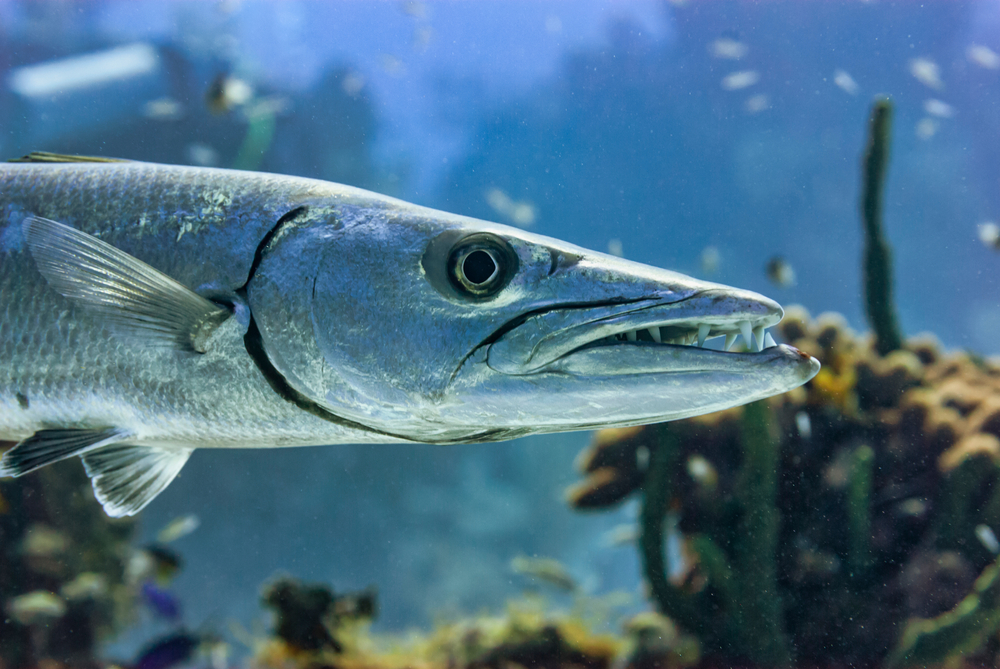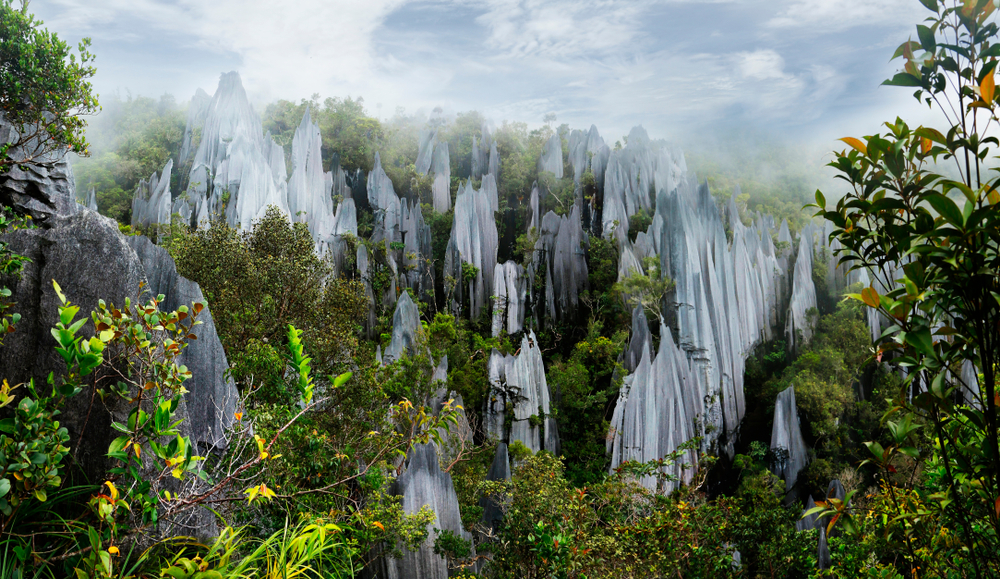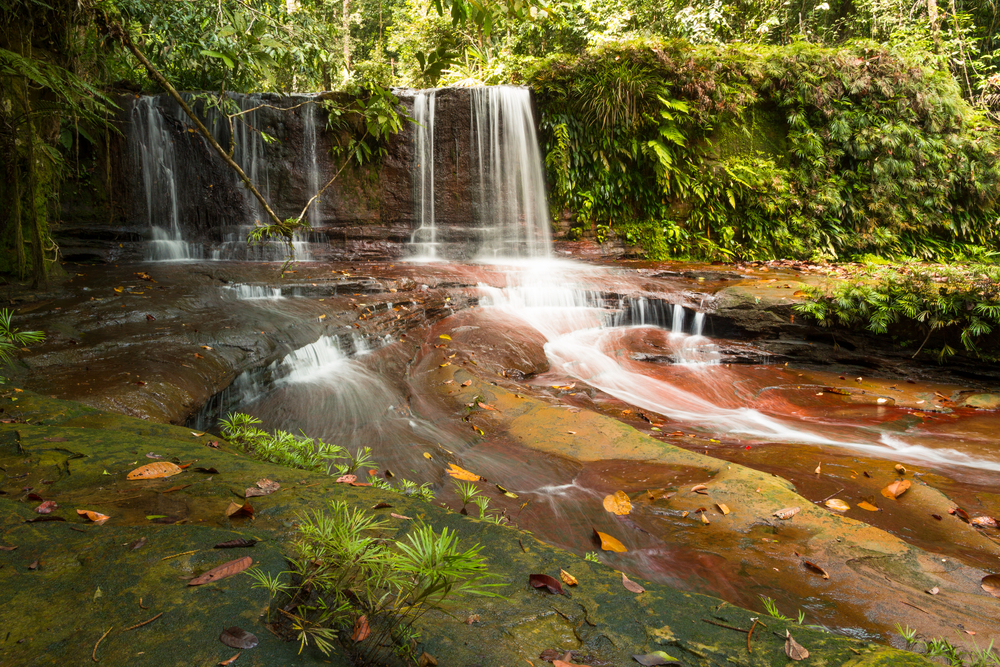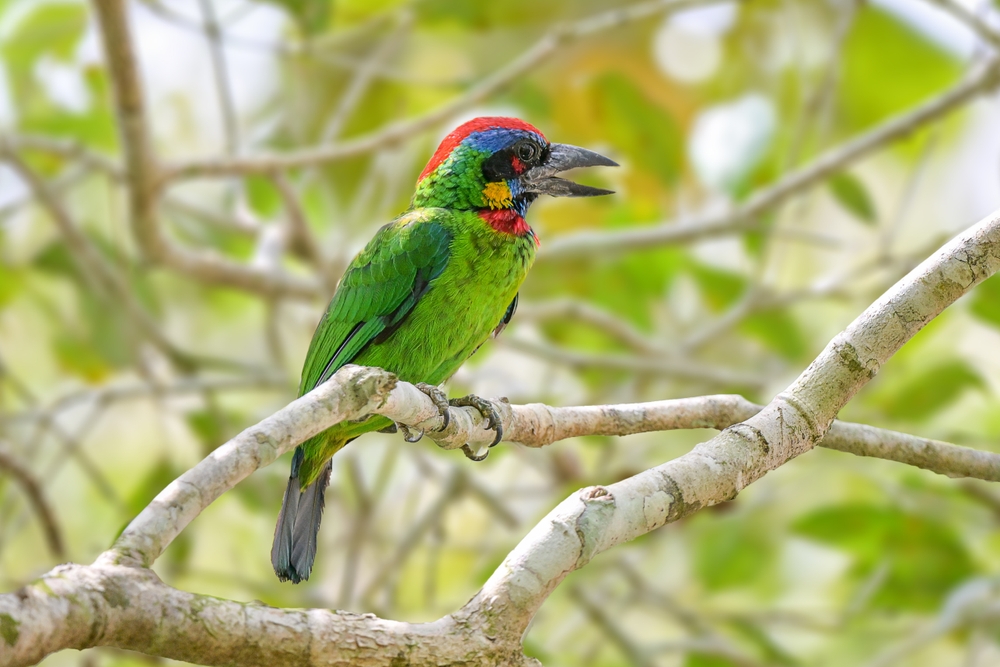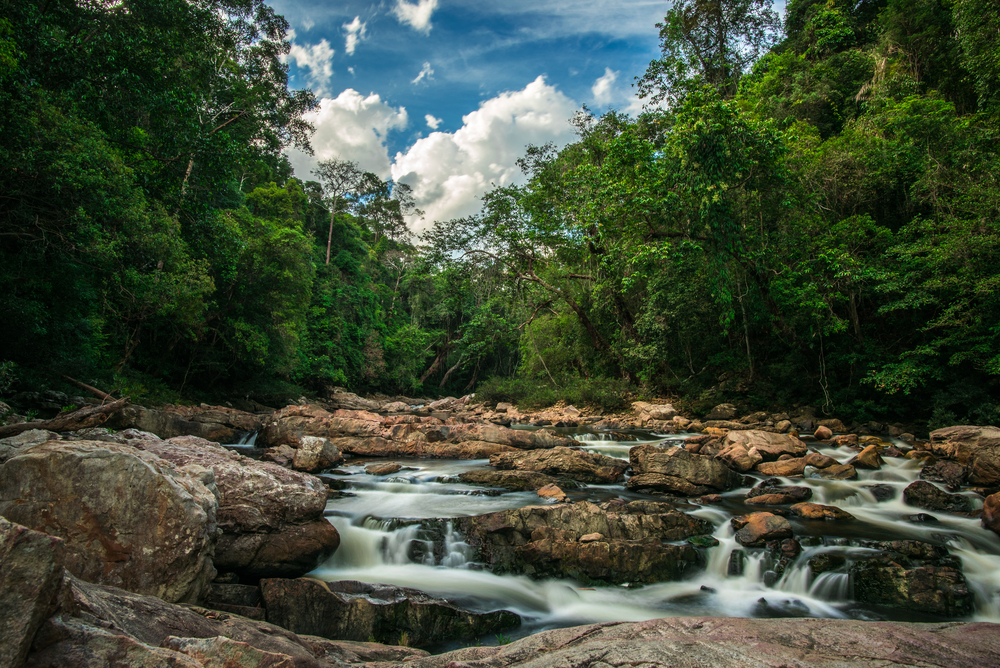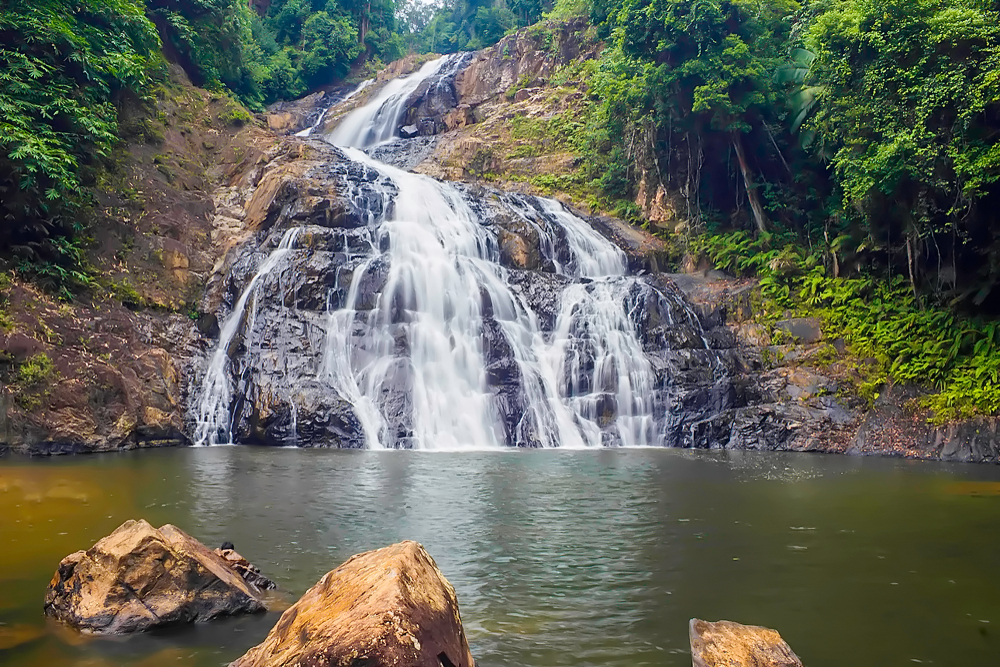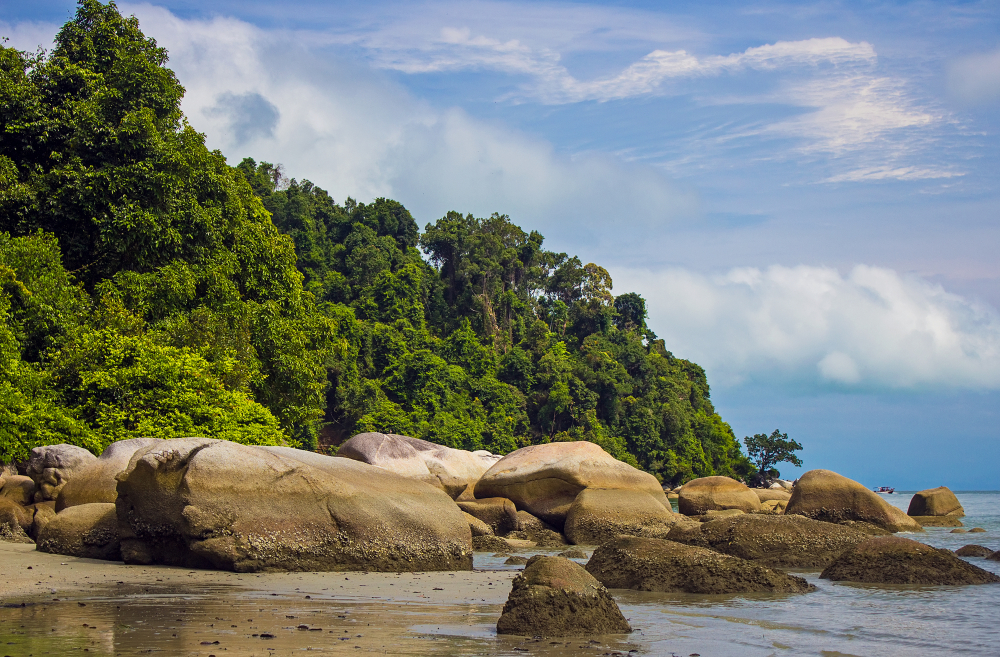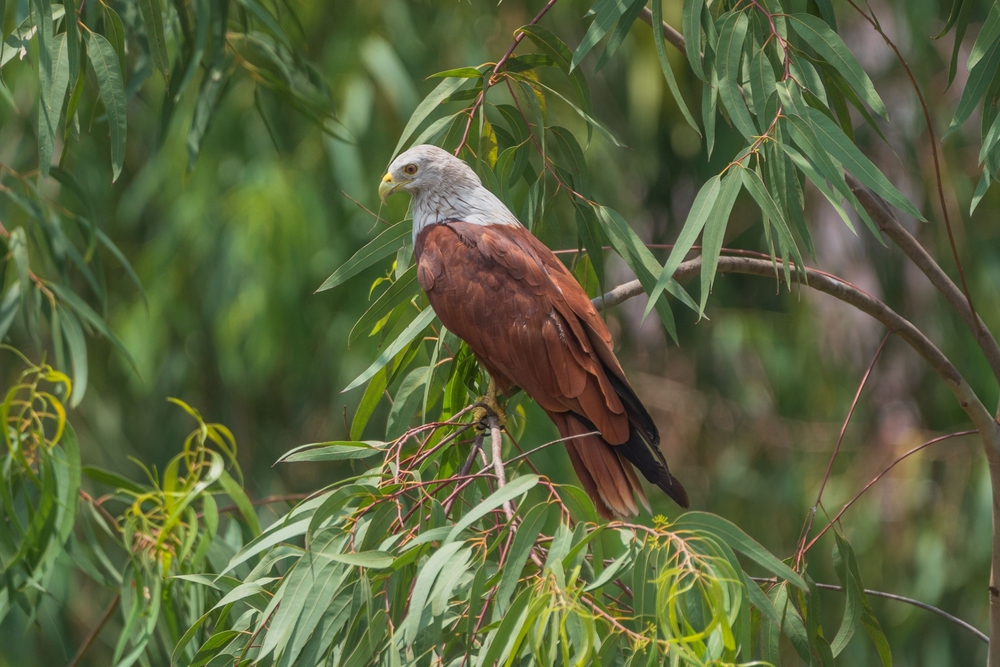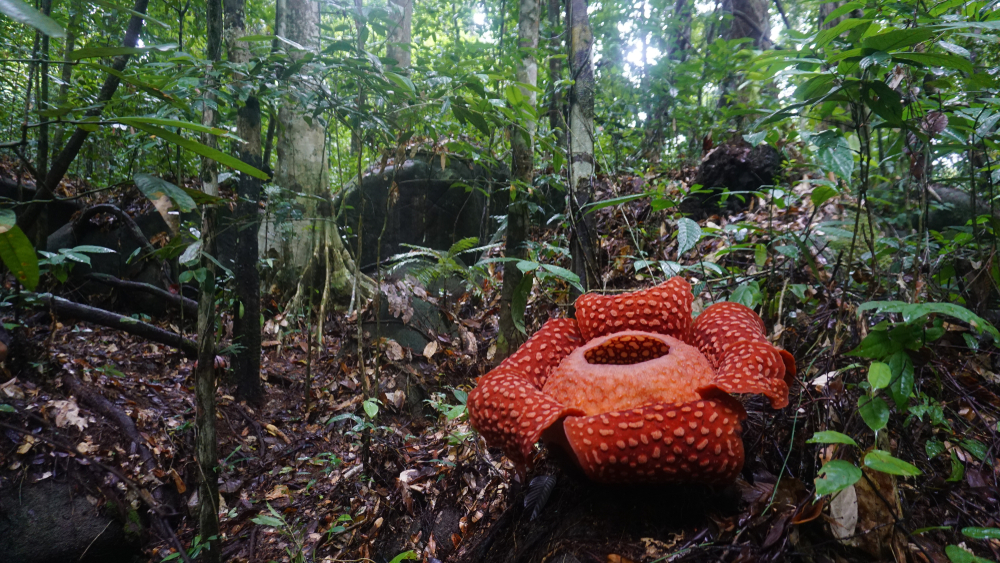Miri-Sibuti Coral Reef Overview
Miri-Sibuti Coral Reef National Park, known locally as Taman Negara Terumbu Karang Miri-Sibuti, is a sprawling underwater paradise located off the coast of Miri in Sarawak, Malaysia. Encompassing an area of approximately 310 square miles (800 square kilometers), it is the largest offshore marine park in Malaysia.
The park lies within the biodiverse waters of the South China Sea, offering an extraordinary array of underwater landscapes, including coral reefs, seagrass beds, and sandy plains. The reefs are characterized by vibrant coral gardens, dramatic drop-offs, and underwater pinnacles that make the area a haven for marine enthusiasts and researchers alike.
The terrain of Miri-Sibuti Coral Reef National Park is almost entirely aquatic, dominated by a network of coral reefs that support a kaleidoscope of marine life. The coral formations include soft and hard corals, with species like staghorn coral and brain coral being particularly abundant.
The park’s waters are exceptionally clear, offering visibility of up to 30 meters (98 feet), making it a premier location for diving. Among the notable underwater features are the Seahorse Reef, characterized by its abundance of small marine creatures, and the Anemone Garden, known for its vibrant array of sea anemones and clownfish. These features form an essential part of the park’s ecosystem, supporting both marine life and coastal biodiversity.
Miri-Sibuti is a sanctuary for diverse marine species, including larger pelagic fish, reef dwellers, and a variety of invertebrates. Iconic marine creatures include the hawksbill and green sea turtles, which use the park’s beaches as nesting grounds. Divers often encounter schools of barracuda, jacks, and trevally, as well as reef sharks and rays gliding along the ocean floor.
Smaller, colorful species such as nudibranchs, pygmy seahorses, and clownfish contribute to the vibrant underwater scenes. Birdlife in the coastal areas includes species like the white-bellied sea eagle and the Pacific reef heron, which can often be seen soaring above or perched along the shoreline.
The park is a hotspot for recreational diving and snorkeling, with over 40 dive sites catering to various skill levels. Popular spots include the Siwa Reef and Hawa Reef, known for their diverse coral formations and marine life. Visitors can also explore shipwrecks like the Atago Maru, a Japanese shipwreck from World War II, which has become an artificial reef teeming with marine life. Beyond water-based activities, nearby coastal areas offer opportunities for beachcombing and birdwatching.
Miri-Sibuti Coral Reef National Park faces challenges, including coral bleaching, illegal fishing, and the impact of tourism. However, conservation efforts led by local authorities and NGOs, including reef monitoring and sustainable tourism initiatives, have yielded positive results. Efforts to engage local communities in protecting the reefs have fostered a sense of shared responsibility, helping to safeguard the park’s ecological integrity for future generations.








































































